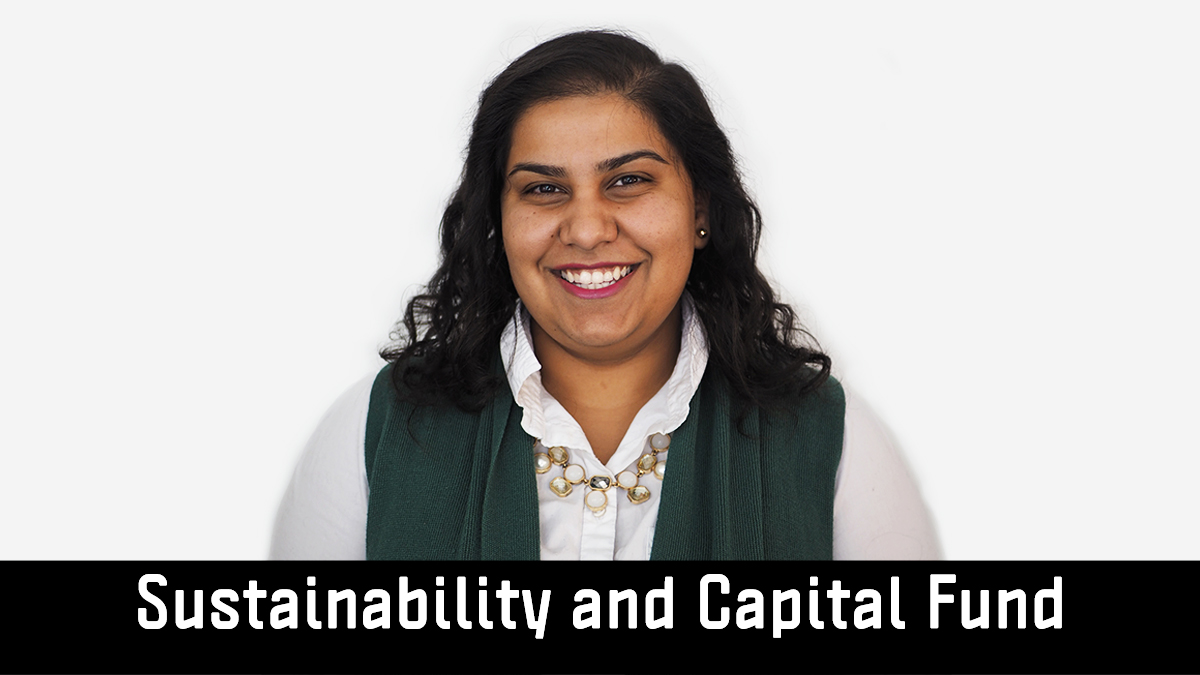Hi Getsey-
We’ve got one that might be useful, our Sustainability and Capital Fund (SCF), which passed in Winter 2020. I can speak to most of your questions, but definitely talk to Marc; he’ll talk your ear off about SCF.
What was the context or background for the introduction of the fee?
There were five main drivers: needing to make progress on sustainability; challenges with long-term space planning and renewal; deferred maintenance that wasn’t eligible for government funding; making sure the building stays viable, accessible, and student-controlled in the long term; and unlocking the ability to attract other funding sources. A much narrower fee project, focused on the Myer Horowitz Theatre (renovations, programming, student discounts) had failed by a fairly narrow margin in 2017/18.
Could you provide a brief summary of the referendum process and outcome (e.g., did it pass or not, and why)?
UASU referendum questions get developed in committee and approved by Students’ Council, to run with the General Election in Winter Term. The SCF referendum passed with 51%.
Is there a particular way the referendum question was phrased that you found helpful?
Our referendum question took a risk by being pretty long (368 words), but the level of detail was important. It focused on “the environmental, economic, and/or social sustainability of Students’ Union spaces” and emphasized that Council would control expenditures of the fee revenue. (Council wound up delegating this to committees.) The referendum question is copied at the bottom of this.
What marketing strategies did you employ to gain support for the fee?
I don’t think the UASU did any marketing on this, because everyone wanted to make it clear that this was a student-led, student-driven initiative. Akanksha (our President at the time) ran the campaign like any other student would run a referendum campaign, with straightforward postering, interviews, and elections forum participation. We did put up a web page to house the proposal and other documentation on why the project was important.
What was the timeline for planning and implementing the strategy?
Council and faculty association consultation, a big survey, and referendum question drafting and approval happened in Fall 2019. I can’t remember how long Marc worked on his big proposal document, or when Akanksha started seriously planning the campaign, but I know she spoke to some possibilities during her presidential campaign a year earlier, and sustainability work kicked off quickly once her term started.
Were there any specific approaches that were particularly effective?
In November 2019, we added questions on sustainability and capital initiatives to our annual survey (pages 14-15) to make sure there was general student support for the kinds of projects that a fund like this could be used for — and to get a few thousand students thinking about this stuff in advance.
What challenges did you face during the process (e.g., with executives, officials, students, etc)? How did you address those challenges?
The program was executive-driven. Some members of Students’ Council were worried that the program was a ‘greenwashed’ theatre renovation fund, that not enough funding would go to environmental sustainability, but Council resolved this concern by learning more about the program’s focus on environmental, economic, and social sustainability in the context of deferred maintenance. The referendum question was ratified 22 to 1.
Are there any strategies, lessons, or insights from your experience that you would recommend we consider?
I’d definitely recommend surveying on the kinds of projects you aim for (maybe as part of your annual survey if the timelines work) and having it all be clearly student-driven.
Referendum question:
The Students’ Union Building (SUB) is a key asset for students at the University of Alberta. Beyond being a place on campus to meet with your friends, study, grab lunch, or catch a movie, SUB revenues provide more than $3 million in funding each year to support student services and initiatives, in addition to creating hundreds of job opportunities on campus.
As a non-academic space on campus, SUB is not eligible for direct government capital grants—yet still requires more than $25 million to address accumulating deferred maintenance costs. This maintenance needs to be addressed in order to ensure its sustainability and value to students—as both a social space and an important revenue source.
The University of Alberta Students’ Union (UASU) proposes to create a permanent Sustainability and Capital Fund to help provide funding that allows for the renovation and improvement of Students’ Union-controlled spaces on campus like SUB. The Capital and Sustainability Fund would:
• Provide funding for projects that improve the environmental, economic, and/or social sustainability of Students’ Union spaces;
• Provide up to $10,000 of funding for each approved student sustainability project that will positively impact the campus community.
Students’ Council would be responsible for approving all expenditures from the Fund. All Fund projects must demonstrate a clear contribution to environmental, economic, and/or social sustainability.
The Fund would be financed by a fee subject to the following rules:
• The fee will be initially set at $25/term;
• Students’ Council may reduce the fee if financial circumstances allow;
• The fee will be reviewed after five years; and
• The fee will be applied to students enrolled in Fall, Winter, and Intersession (Spring/Summer) terms;
• The fee can only increase according to the Alberta inflation rate;
• Augustana will be exempt from the fee.
Do you support the creation of a Sustainability and Capital Fund to be implemented in the Fall 2020 academic year?


